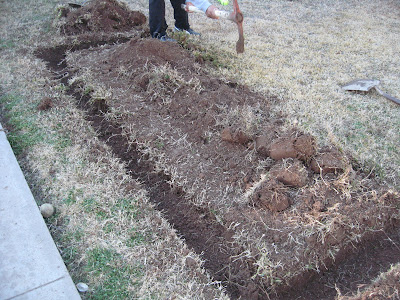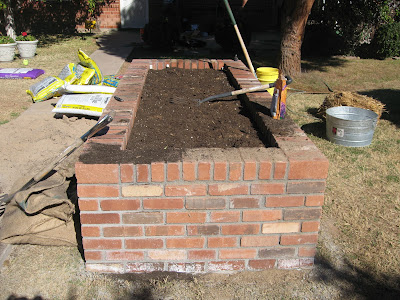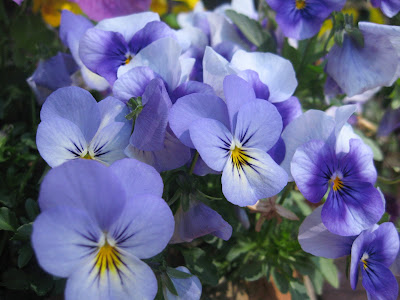Mountgrove is a friendly neighborhood. All through the year you find neighbors and friends walking their dogs, taking quiet strolls and just gathering in front yards to share life. At night their way is illuminated by the lights shining up on the fronds of many of these tall trees to show them off. All the families that choose to live in Mountgrove have a deep pride in their area and take special interest in beautifying their homes.
This Sphinx date grove is a unique place because it is believed to be the only producing Sphinx date Palm grove in the world. These luscious fruit were so coveted that during his administration President Eisenhower would purchase these rare dates to give as gifts to his closest friends and family every Christmas. In 2005 The Arizona Tree Council recognized and awarded the area as a “Great Tree Grove of Arizona”. A very special honor.
At the time the Sphinx Date Ranch was established it was a long ten miles from town with only dusty roads and desert between them. As the southwest developed and more people moved west development eventually reached Arcadia. In 1953 building started in mountgrove. streets were carefully planned so that they wound around the trees and homes were plotted so that they might sprawl among them. Every care was taken not to disturb the natural setting. Utilities were brought in to serve these homes. The trees were almost 40 years old at this time.
SRP is the electric utility that services this area. Recently they have determined that a great number of these trees are out of compliance with their standard for foliage growth in and around the power lines. They have “informed” all the residents that 58 trees should be removed. For 50 years they have trimmed any fronds that they deemed unsafe but recently they have changed their trim schedule from annually to once every 3 years as an internal cost saving move. Now they are claiming that because of the growth of the trees “into their lines” there is a need to “move or remove” any offending tree. An option vehemently opposed to by homeowners in Arcadia and especially in Mountgrove.
They seem to have statutes and government backing their cause. We believe this problem, which has not been a problem for over 50 years, can be solved by SRP understanding that this is a unique agricultural and aesthetic grove and agree to compromise their newly adopted trim schedule to keep the trees of question in compliance with their requirement to keep the lines clear within 10 ft of the powerlines, instead of bullying this neighborhood with its powerful force and financial resourses to behead or chop down this Arcadia Treasure.
Meetings are taking place with homeowners but the outlook thus far looks grim. We wanted to inform residents in and around this area what is afoot and stay open to any suggestions to ward off this grave situation. For more information, please contact, Robbie Shaw at js4501@aol.com.























































